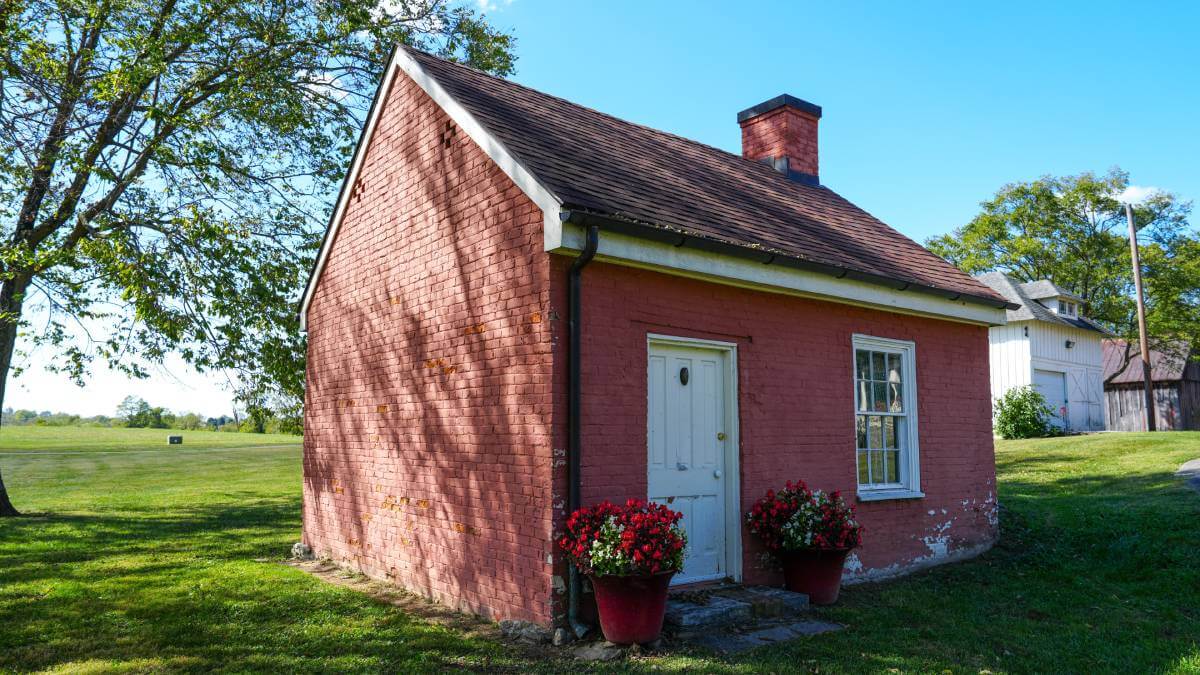Granny flats are becoming increasingly popular in Australia, as they offer a versatile and practical housing solution. These are self-contained living spaces, which are typically located on the same property as the main residence.
While many people use a granny flat to house family, in certain states rented out to generate rental income. They typically bring around $280 a week in revenue.
Whatever the reason for its construction may be, granny flats have become an integral part of the Australian housing landscape. Here, we explain what exactly is a granny flat, who can live in one, ways to build one and the costs associated with it.
What is a granny flat?
A granny flat is considered to be a secondary dwelling and at times the two terms are used interchangeably. A secondary dwelling is a self-contained unit that is located on the same land as the main house. A secondary dwelling can include a kitchen, bathrooms and bedrooms and can be rented out to tenants. They are also sometimes known as a Dependent Person’s Unit (DPU), a dwelling garden unit or accessory dwelling unit.
The name ‘granny flat’ originated from their common use as accommodation for ageing parents, but over time their purpose has evolved to include various living arrangements.
Outdoor studio vs granny flat
The key distinction between an outdoor studio and a granny flat lies in the fact that a studio can’t have a kitchen area and cannot be leased to tenants. Outdoor studios, also known as lifestyle pods, are frequently used as entertainment spaces, creative studios, guest rooms, recording studios and home offices.
Who can live in a granny flat?
Typical residents of a granny flat may include a grandparent, elderly parent, teenage child or a relative with a disability. In the past, granny flat occupants were usually required to be dependent on those in the main home.
Recent changes, however, may allow Victorians to potentially rent out their granny flats. For the latest information, please refer to your local council’s requirements.
Building a granny flat in Victoria
In Victoria, as of December 2023, small second homes under 60 square metres will no longer require a planning permit on properties 300 square metres or larger where there are no flooding or environmental overlays. This lifts the burden of getting planning approval for Victorians wanting to build a granny flat.
This reform aims to help families stay closer together, especially when they face financial hardship or can’t afford to buy in established areas. Small second homes, under 60 square metres, can be used flexibly. While a building permit is still required, the reforms ensure easier access to housing options for Victorians.
In Australia, regulations surrounding granny flats vary across states and territories, and understanding these regulations is crucial before proceeding with construction. Generally, granny flats are designed to accommodate ageing parents and adult children.
How do I build a granny flat?
Here is a general guide to the process:
- Understanding local zoning laws and building codes is crucial. Contact your local government to understand any specific regulations governing granny flats in your area.
- Develop a design that complies with regulations and obtain all the necessary approvals from local authorities.
- Determine your budget and consider all construction costs.
- Hire a qualified architect or designer, whose vision aligns with yours and make sure to consult other professionals to ensure compliance and a smooth construction process.
- Once approvals are in place, commence construction. Tradespeople will handle the structural work, plumbing, electrical and all other necessary installations.
- After construction, obtain a final inspection to ensure compliance with regulations and the flat’s safety and functionality.
What is the cost of building one?
Granny flat costs vary widely depending on factors such as location, size, design, materials used and the extent of customisation. On average, costs can range from $50,000 to $120,000 as per an estimate by Granny Flat Builders Sydney. It is essential to obtain detailed quotes from different builders, factoring in all potential expenses, including approvals, utility connections and interiors.
How can I insure a granny flat?
Check with your existing home insurance provider to understand the best coverage for a granny flat. Some policies may automatically cover structures on the property, while others may require additional coverage.
If renting out the granny flat, consider landlord insurance to protect against risks such as property damage and legal liability.
Ensure the granny flat is covered under building insurance to protect against structural damage and any natural disasters. Consult with insurance professionals to tailor coverage to your specific needs. They can guide on policy types and coverage limits.
Granny flats offer a flexible and practical solution to various housing needs in Australia. Understanding the regulations, costs and insurance considerations is vital for a successful and secure granny flat investment. Whether you’re accommodating family members or generating rental income, a well-designed and properly insured granny flat may increase the value of your property and enhance your lifestyle.
Do you have a granny flat on your property? Are you looking to add one? Let us know in the comments section below.
Also read: Granny flat ‘boom’ as regulations ease

